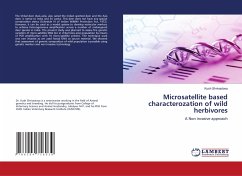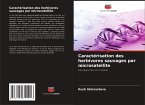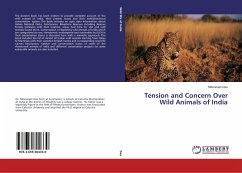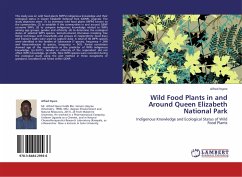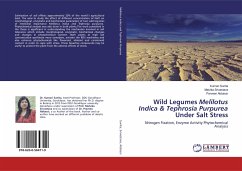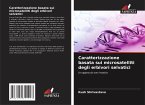The Chital deer (Axis axis), also called the Indian spotted deer and the Axis deer, is native to India and Sri Lanka. This deer does not have any special conservation status (Schedule III of Indian Wildlife Protection Act, 1972). However, it can be used as a model system to develop molecular markers to achieve heterogeneous amplification across a number of endangered deer species in India. The present study was planned to assess the genetic variation of micro-satellite DNA loci in chital (Axis axis) population by means of PCR amplification with 10 micro-satellite primers. The technique used was non invasive as we used faecal DNA as source material. We showed that assessment of genetic composition of wild population is possible using genetic markers and non invasive technology.
Bitte wählen Sie Ihr Anliegen aus.
Rechnungen
Retourenschein anfordern
Bestellstatus
Storno

